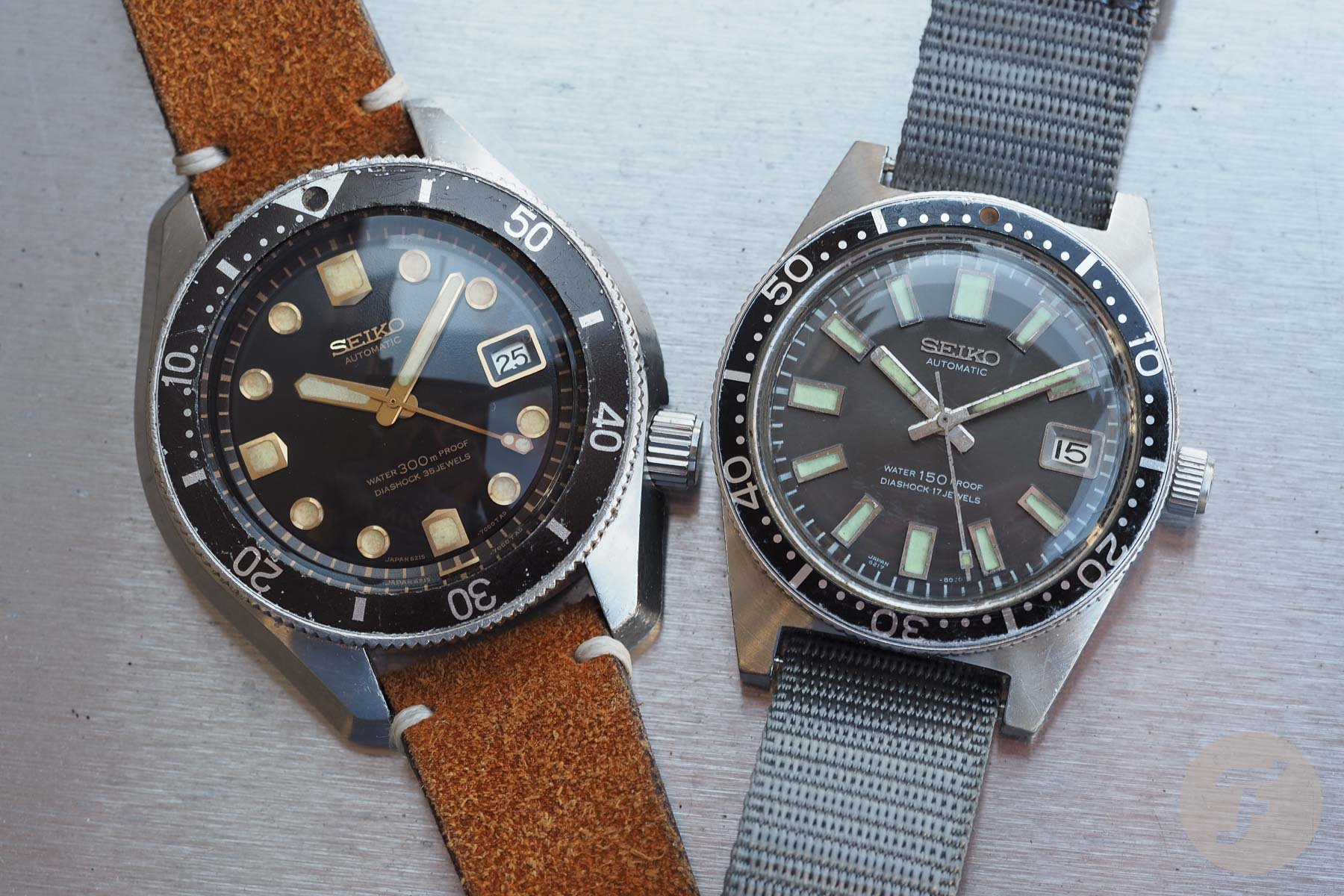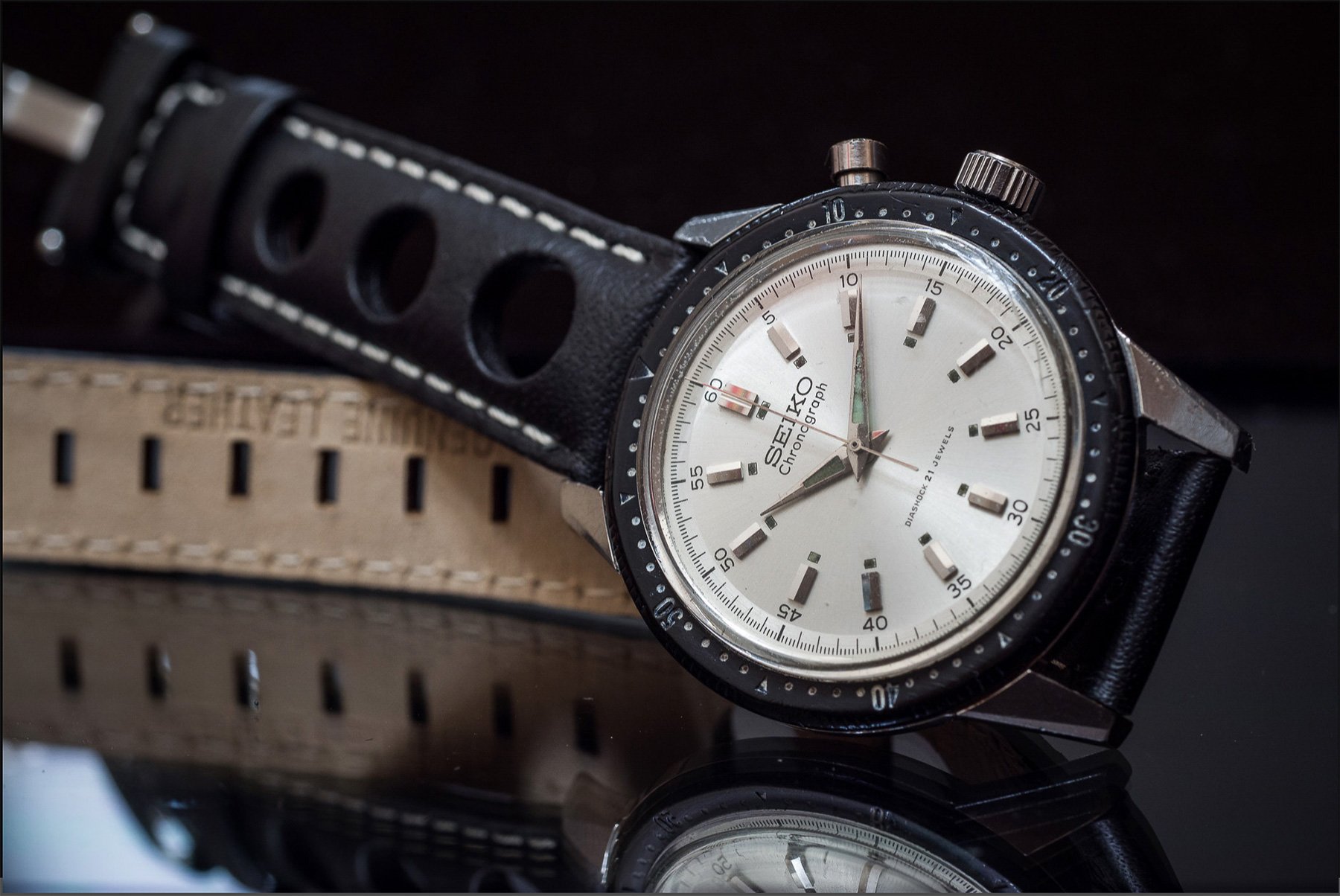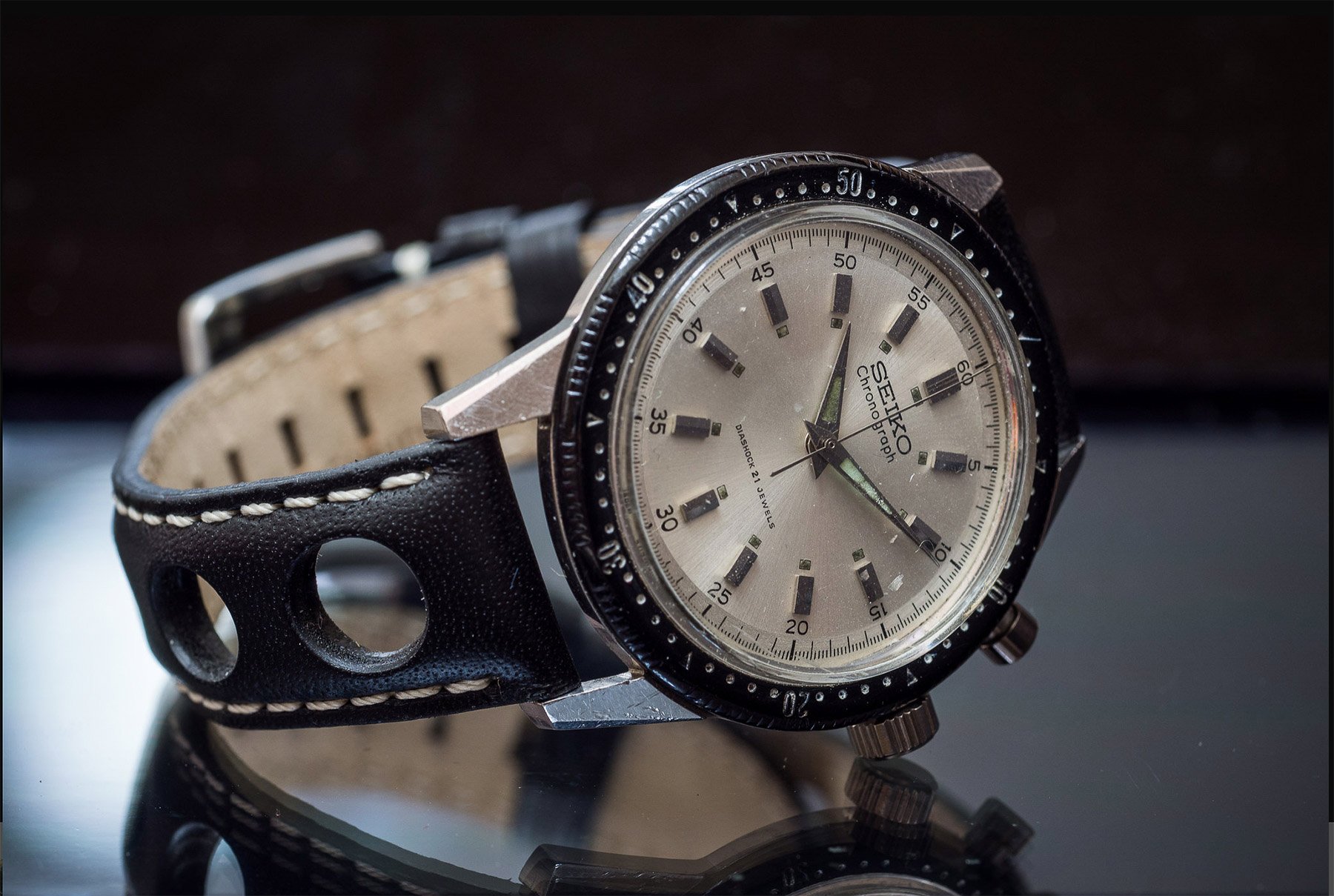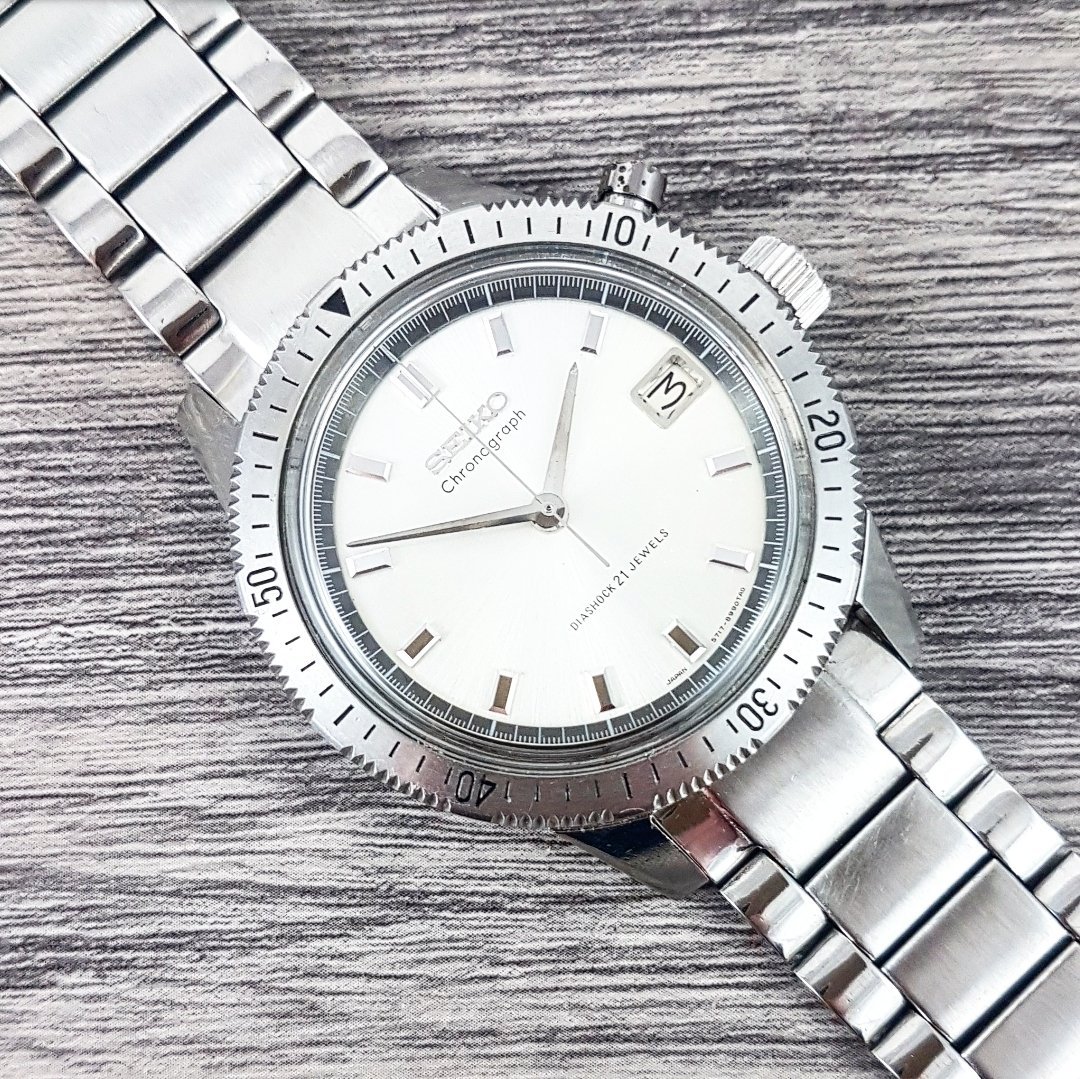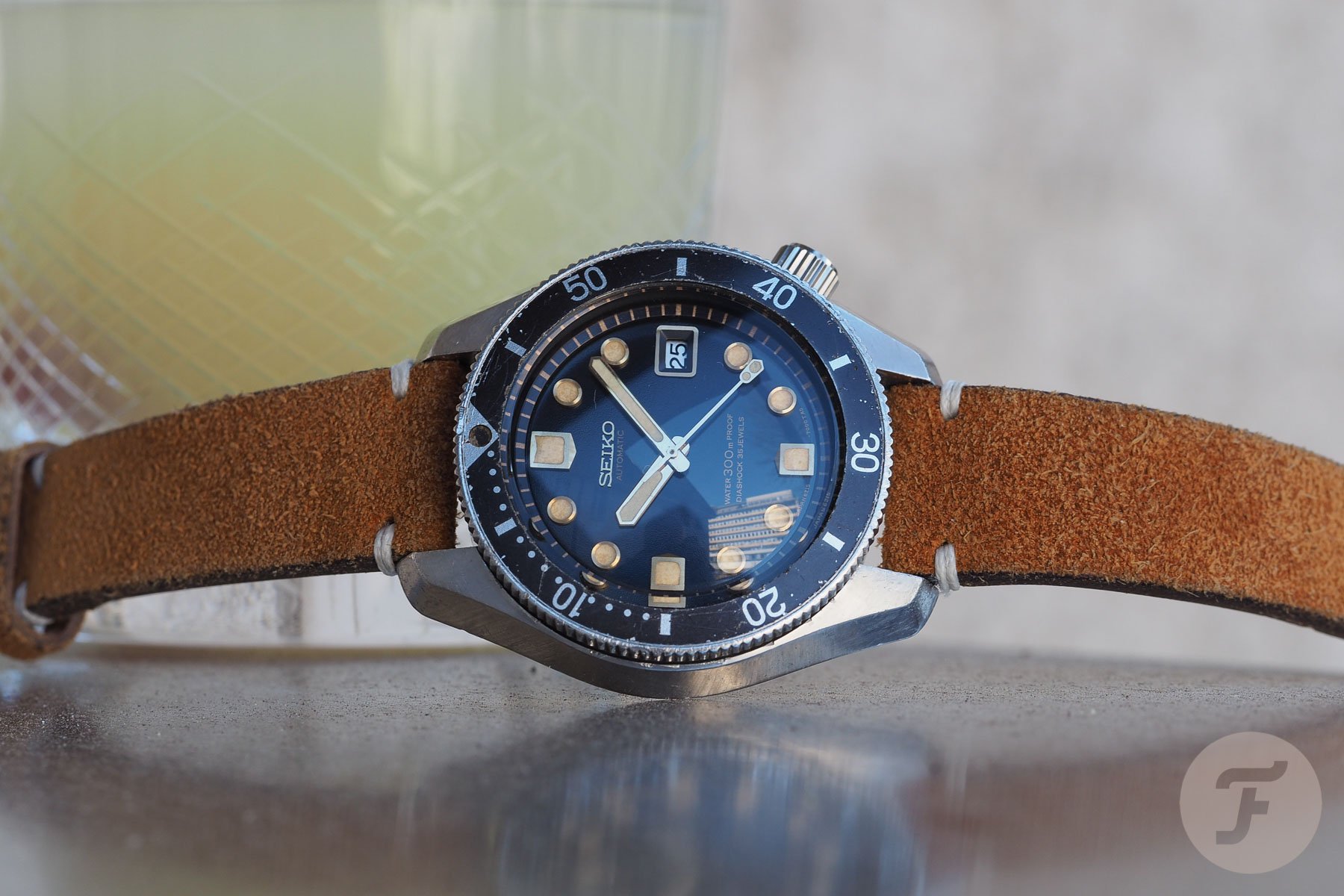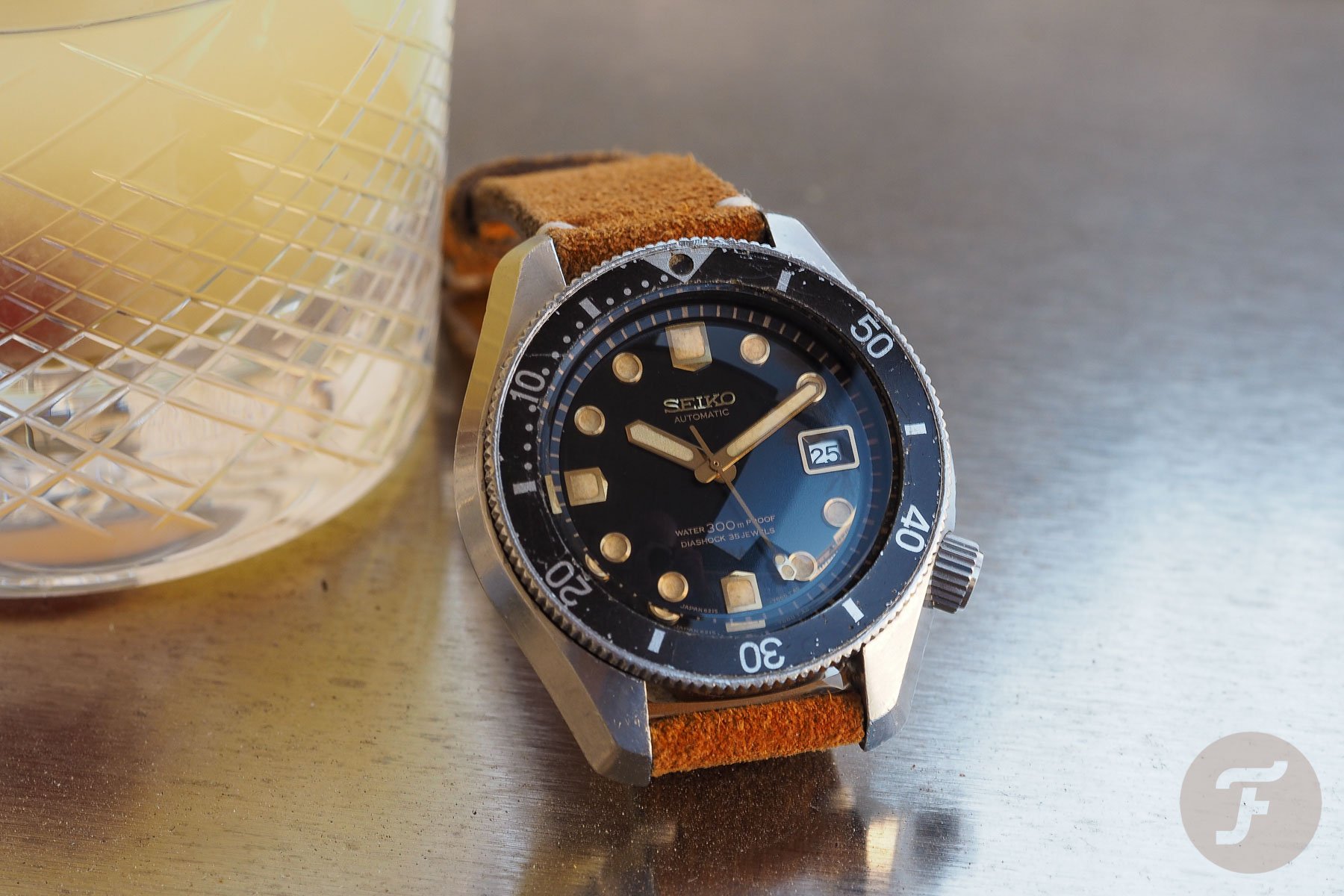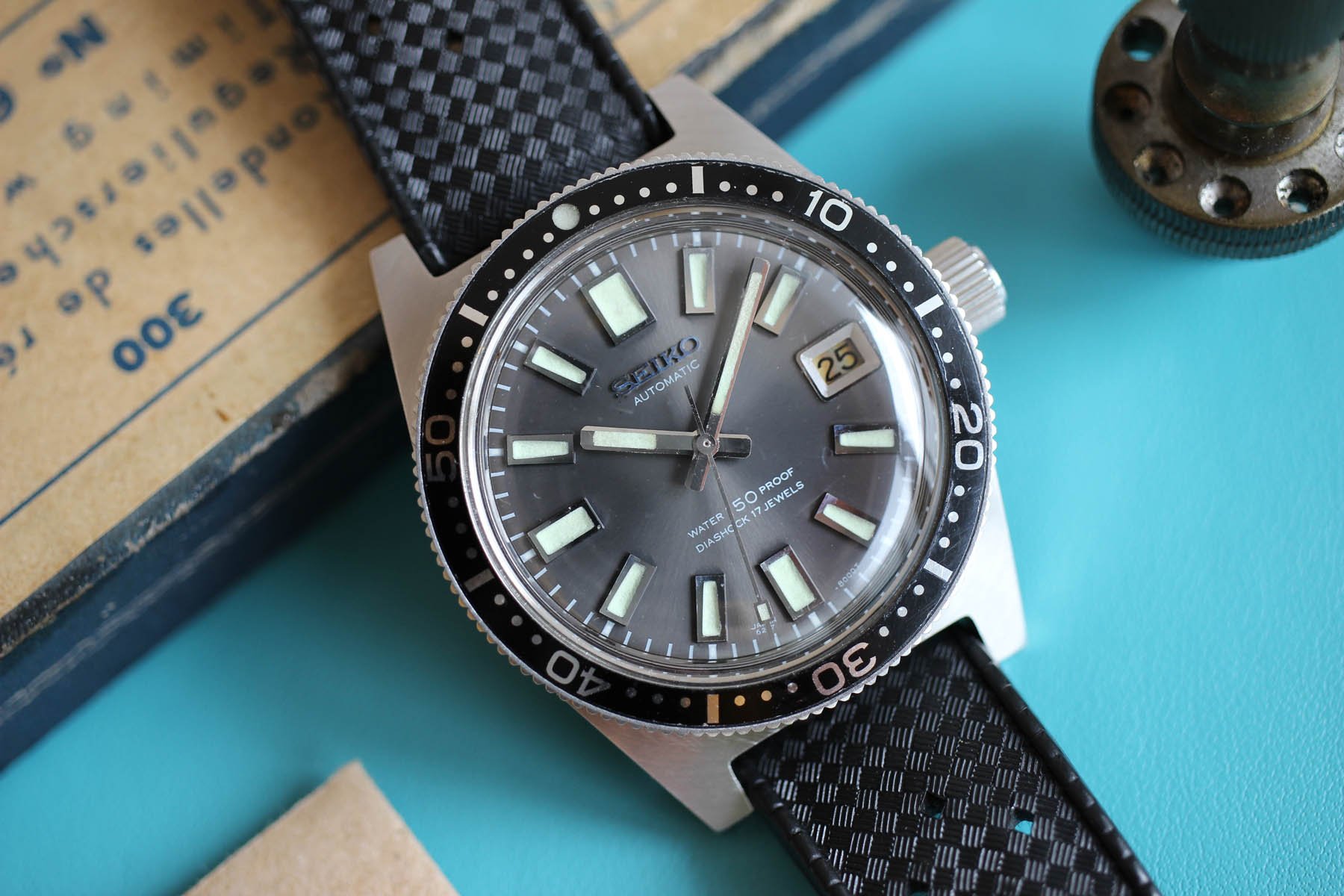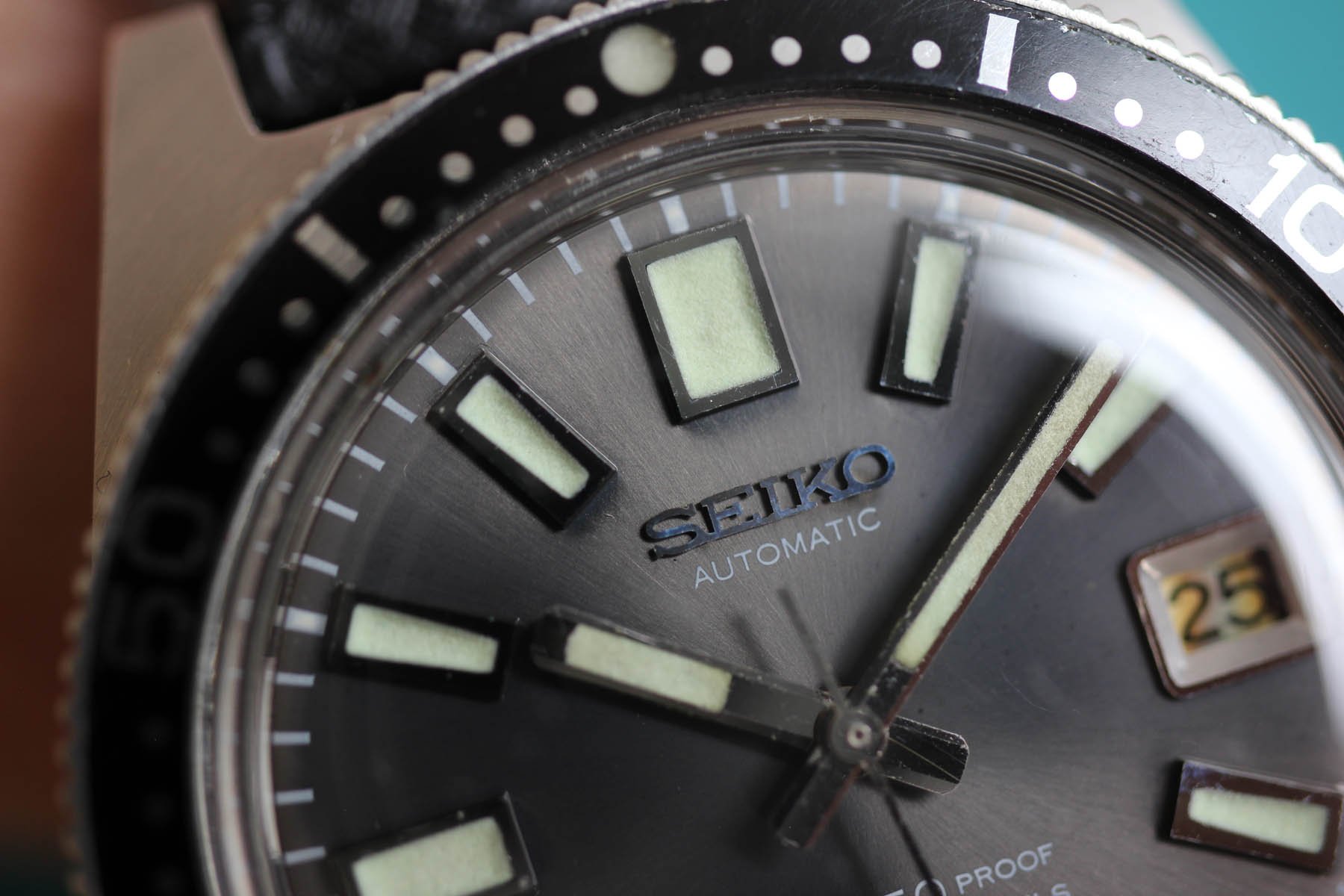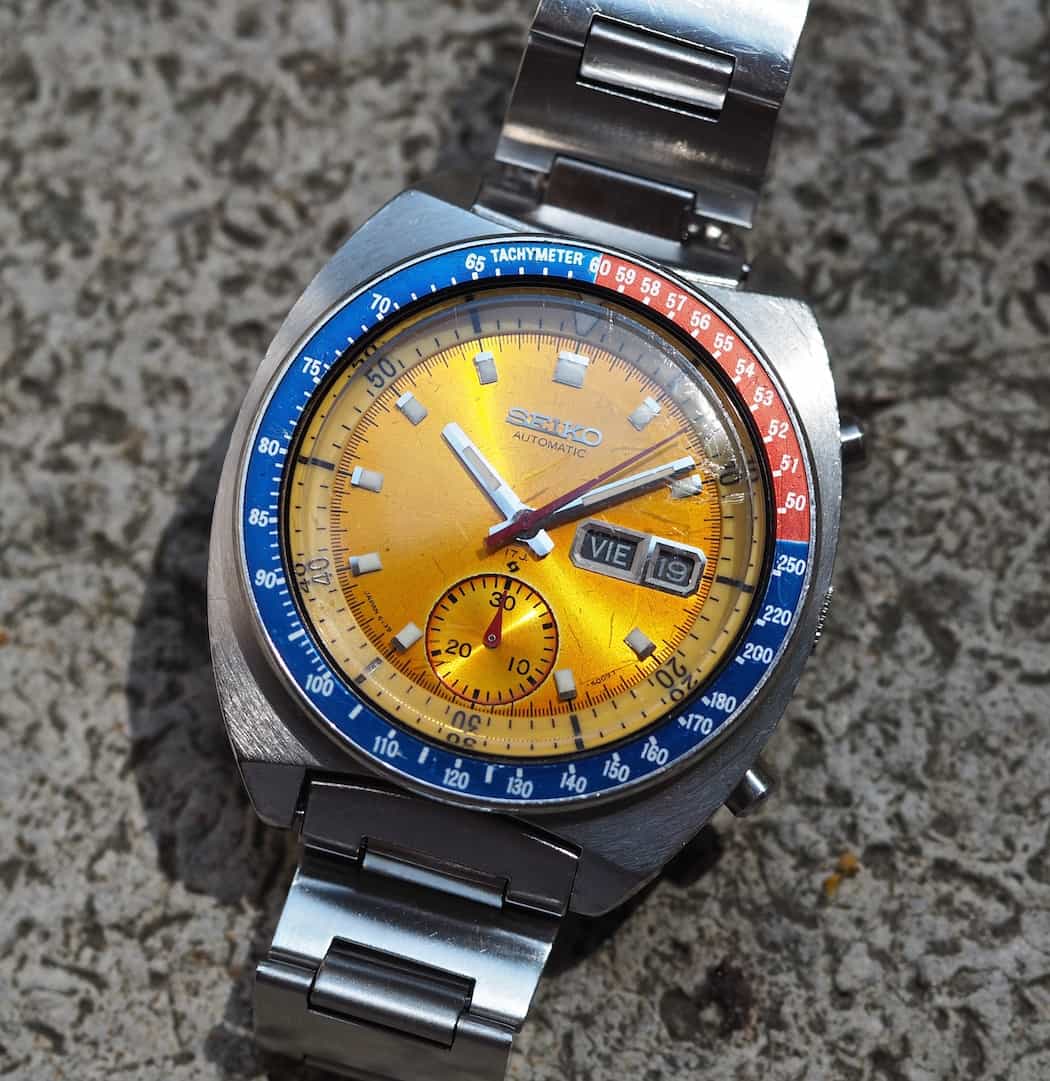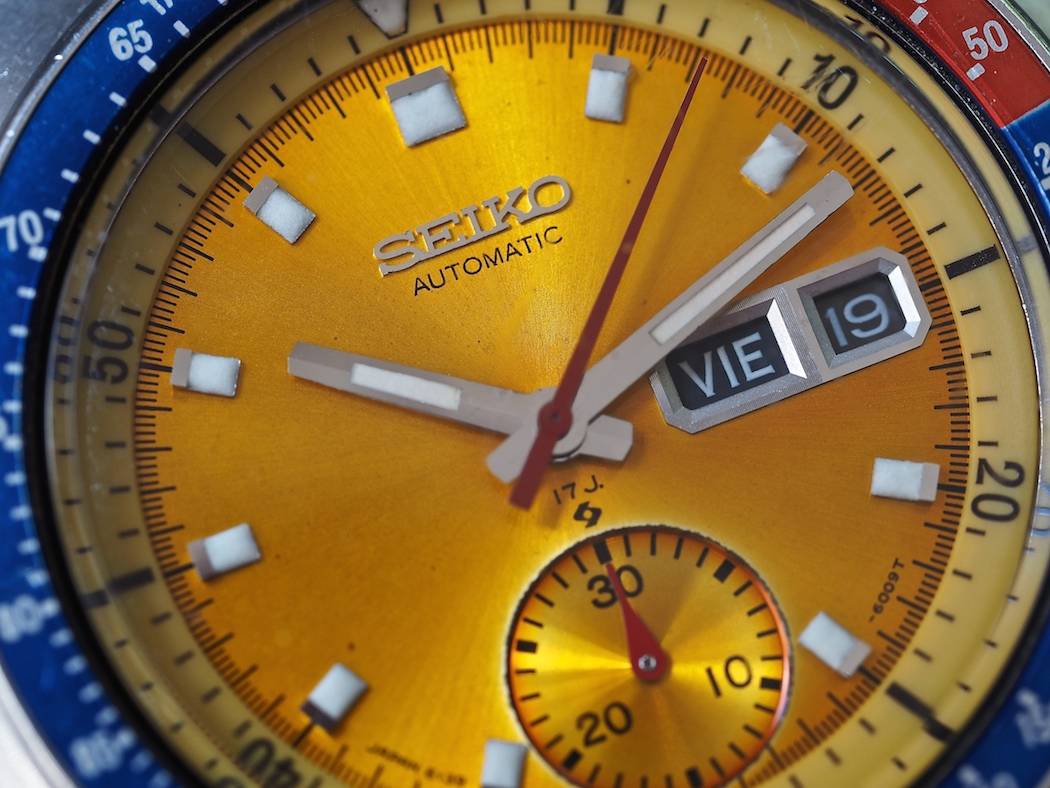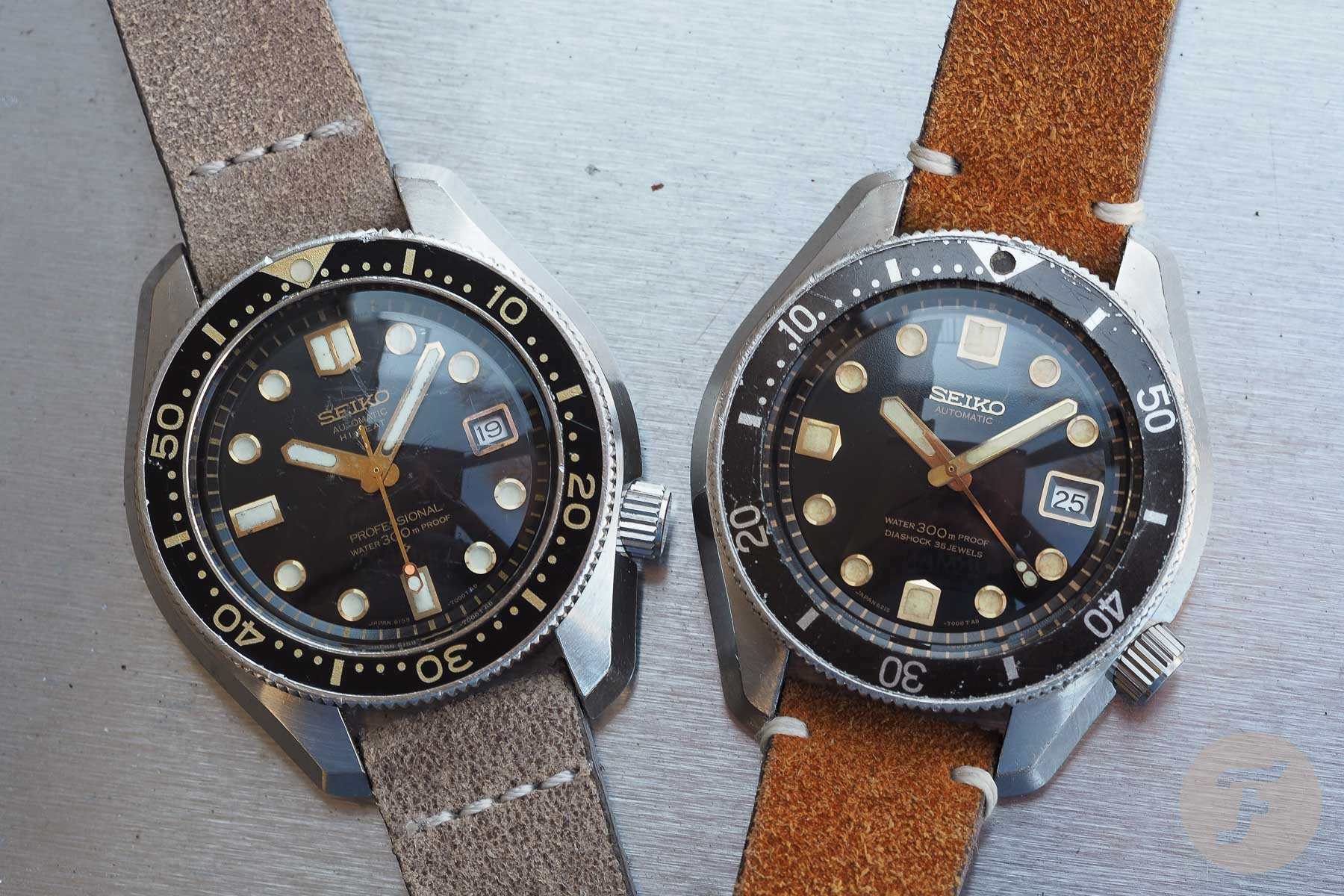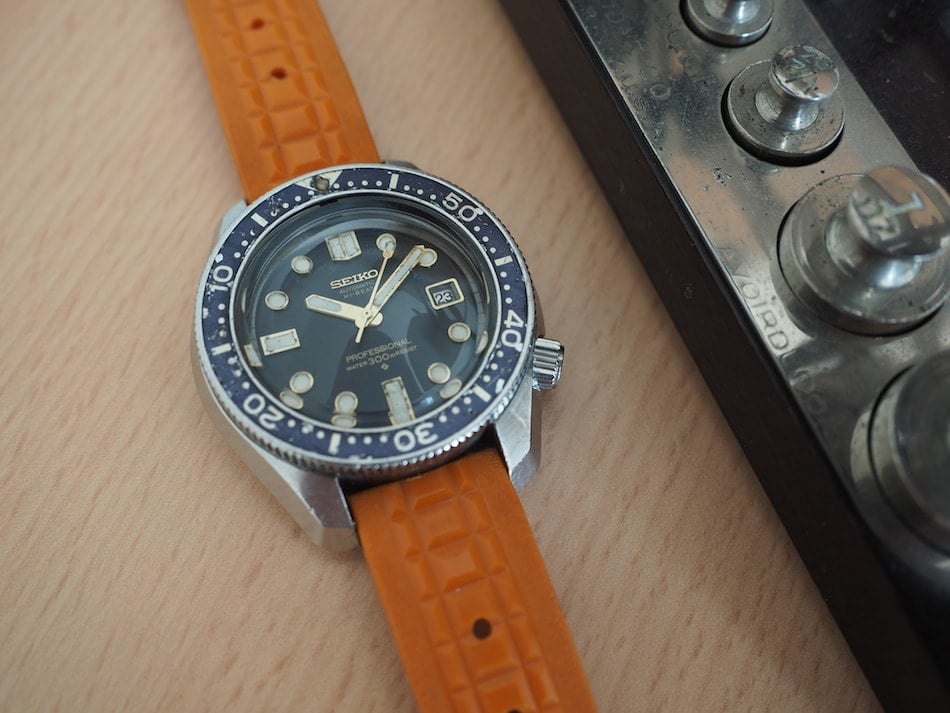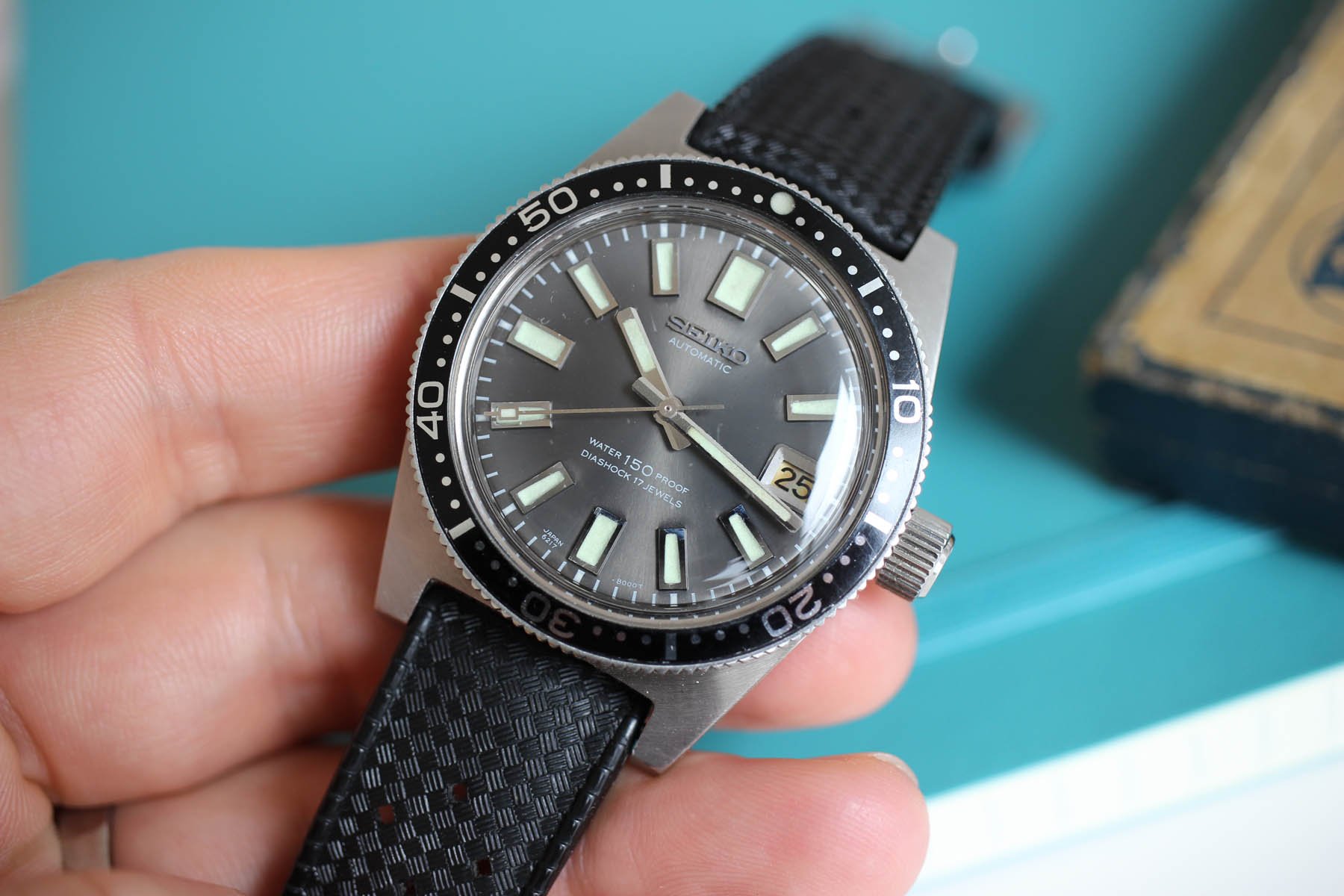Buying Guide: The Best Seiko Watches From The 1960s
We like to talk about vintage watches a lot within the Fratello team. While the daily routine is largely focused on the most recent developments in the world of watches, the most fun for many of us lies in the world of vintage watches. It’s a world full of history, remarkable watches, incredible stories, and quirky details.
It inspired us to come up with a series of articles focusing on the best watches per decade from a select group of brands. Some of them priceless, some of them still affordable. But all of them are interesting watches. In this installment, we will take a look at the best Seiko watches from the 1960s.
In the 1960s, we witnessed developments that challenged the status quo of watch design forever. While the 1950s introduced the sports watches next to the dressier timepieces people were used to, the 1960s took that trope to the extreme. The sheer amount of watches that pushed the visual boundaries of what was known and accepted was enormous. On top of that, we also saw great technical developments with the race to produce the first automatic chronograph as the most significant of the decade.
Seiko in the 1960s
The 1960s is the decade that Seiko rose to prominence in the watch industry. In the 1960s, King Seiko and Grand Seiko competed in a race to create the ultimate wristwatch. Taro Tanaka introduced his famous “Grammar of Design” in 1962. In 1965 the brand introduced the 62MAS as the first diving watch of a series of now-iconic diving watches. Lastly, in 1969 Seiko released the famous 6139 movement. A legendary movement that was part of the quest to create the first automatic chronograph movement. And those are just a few of the Seiko highlights in the sixties.
We will discuss Grand Seiko and King Seiko in a separate upcoming article. The story of the two Seiko sub-brands is fascinating and resulted in some amazing watches that deserve a separate article. In this article, I will focus on some of the most remarkable Seiko watches released in the 1960s. As you will understand, some watches have been pivotal in the brand’s history, so we cannot leave them out. And you will quickly find out how many of the Seiko releases from that decade have become true classics of the industry.
Collecting vintage Seiko watches
When it comes to collecting vintage Seiko’s, you will quickly find out that prices differ greatly. If you are going for one of the iconic watches from the sixties, you will end up paying a pretty penny. But if you are in the market for a less iconic model, you can actually add some amazing pieces to your collection for rather affordable prices. It’s what makes Seiko a brilliant collector’s brand. Many members of the Fratello team actually own one or multiple vintage Seiko’s. And with Mike and Gerard, we have two Seiko experts on board. So if you enjoy reading about Seiko, I highly suggest reading their in-depth articles on the brand.
You have to keep in mind that the world was not nearly as globally focused as it is now. That is why a lot of vintage Seiko’s initially did not make it outside of Japan. Over the last roughly two decades, however, more and more Seiko enthusiasts have been searching for their favorite watches in Japan. It’s why we see more and more vintage Seiko pop up in different parts of the world. Still, many of the iconic pieces can be difficult to find, especially in good condition. But do not let that spoil the fun of chasing after that Seiko you really love. But let’s find out what some of those vintage great are.
The entry-point — Seiko Single Pusher Chronographs 5717 & 5719
If you allow me, the first entry on this list is actually a pair of watches. In 1964 Seiko introduced its first chronographs on the back of the Summer Olympics held in Tokyo and where Seiko was the official timekeeper. The legendary Seiko Crown Chronograph 5719 has gone on to become an icon. This single pusher chronograph has become one of Seiko’s most recognizable watches from the sixties. A little over a year ago, Seiko honored the iconic watch from the 1960s with the introduction of the Seiko Presage Crown Chronograph Limited Edition series.
Along with the iconic 5719 Chronograph, Seiko introduced another single pusher chronograph with the Crown Chronograph 5717. Despite both being nicely sized 37.5mm single pusher chronographs, the watches look completely different. The 5719 is more characteristic with its black bezel, dial layout, and handset. The 5717, however, is crisper and more elegant. Another difference is the addition of a date window on the ref. 5717 at 3 o’clock. It also explains the difference in reference numbers as they both refer to the hand-winding column-wheel movements used for both watches.
An extensive search
These single pusher chronographs are not a chronograph as we know it today. Instead, the one pusher would activate the central chronograph seconds hand. After completing a full 60-second round, you would have to keep track of the elapsed minutes by turning the black bezel manually for every expired minute. So it requires you to actively operate the watch during the event you are timing. At first thought, this might sound a bit awkward, but I like to think it’s a nice way of actually using your watch actively.
I simply love the clean looks of the 5717.
When it comes to picking a favorite, my personal pick would be the 5717. It might be more in line with other familiar chronographs from that era, but I love its clean looks. But if you are looking for something a bit more characteristic that has defined the Seiko brand, the 5719 is your way to go. Both watches were produced until the late 1960s and came with either a light-colored dial or a black dial. These black dial versions are definitely a rarer sight.
If you are on the look-out for one of these two watches, you will quickly find out prices differ significantly. This results from the condition of a piece and the possible replacement of original parts that happened over time. Prices for both start well under 1,000 Euros but expect to pay up to roughly 3K for one in great condition. It might take some extensive searching, but if you manage to buy one of these two classic Seiko watches, you will own a piece of Seiko history.
My choice — Seiko Diver 6215-7000
My pick for this overview was easy, to be honest. The 6215-7000 is my Holy Grail when it comes to Seiko watches from the 1960s. As mentioned, Mike is our resident Seiko expert, and last year he visited the Fratello offices and brought a great number of Seiko divers from his collection. It was a chance for me to witness the 6215-7000 on my wrist for the first time. The watch I have grown to love over time. Not only was it Seiko’s first serious diving watch, but it also has been the blueprint for many of the modern Seiko diving watches. The moment I put the watch on my wrist, I immediately felt the connection to the Sumo, the Marinemaster, and obviously the modern re-interpretations of this iconic watch.
Seiko’s first diver targeted at professional divers.
As Mike explained in his in-depth piece about the 6215-7000, it wasn’t Seiko’s first diver. But it was Seiko’s first diver targeted at professional divers boasting some serious specs. Additionally, it also was the first Seiko diver with its own distinct Seiko identity. The 62MAS — that we will get to in a minute — may have been the first, but this is the one that defined Seiko’s future designs. Another reason why I favor it over the 62MAS is its bigger size. At 43.5mm, this is the perfect fit for my wrist. The monobloc case design, the great dial layout, the fat hands, and the nice gold details. It’s the perfect combination of form and function.
Some serious specs
On the topic of function, the 6215-7000 was a serious piece of kit. The watch has a 43.5mm monobloc case with 300 meters of water resistance. It features a Hardlex mineral crystal and a large crown at the 4 o’clock position to fit the wrist better. The watch is further fitted with a bidirectional downward sloping countdown bezel with a lumed pip at 12 o’clock. Speaking of lume, the hour markers and hands are filled with plenty of lume to help underwater professionals out on the job. The watch is powered by the 35-jewel Seiko Caliber 6215 with a quick set date function. As Mike already pointed out in his article, this watch boasted a set of specs that outshined its Swiss competitors. On top of that, the watch is still very much up to date with today’s standards—more than five decades after its introduction in 1967.
It is incredibly hard to find one.
I could go on for a bit about why this is my favorite Seiko diver, and one of my favorite Seiko watches ever made. And in an overview of the Fratello team’s favorite Seiko watches, Mike featured it as his favorite Seiko and the one watch to buy from the brand. There is one slight problem with that, though. As the 6215-7000 was only produced for one year before being replaced, it is tough to find one. And when you do, expect to pay some serious cash. Prices for a 6125-7000 are easily around the 10K mark. If you would like to own one, have patience, brush up on your Japanese language skills for the Japanese auction sites and save up some serious cash. And who knows, you might end up with one of the greatest icons of the watch industry.
Money is no object #1 — Seiko 62MAS
This list would obviously not be complete without the Seiko 6217-8000/1, also known as the 62MAS. The watch gets its nickname from the first two digits of the caliber, and the second part comes from the fact that it is an auto[MA]tic [S]elfdater. It is Seiko’s first diving watch and, as such, is of great historical importance to the brand. We have covered the 62MAS quite extensively here at Fratello, and I suggest you read all of the articles on this Seiko icon. As Mike perfectly explained in his article about his 62MAS, “this is the “ur-diver,” the alpha, the patriarch.” It is Seiko’s first step in the world of professional diving.
The 62MAS did stand because of its dial design.
When it comes to the 62MAS, there are two versions to differentiate. Reference 6217-8000 refers to the 62MAS with a small crown introduced in April 1965 and only lasted for two months. After that, it was replaced by the 6217-8001 that referred to as the Big Crown. Both of them feature a 37mm case, which was rather large for that time. The case design was not unique as more brands used this typical “skindiver” case at that time. But the 62MAS did stand because of its dial design. The oversized rectangular indices and the fat hands both filled with lume characterize the design of the 62MAS. Whenever you see a design in this style, the 62MAS is the first watch most watch enthusiasts think of.
Get to know all the intricacies
But the design was obviously developed with a clear purpose in mind: diving. When it comes to specs, the 37mm watch has 150 meters of water resistance, features a bi-directional bezel, a screw-down case back in concert with gaskets at all orifices, an oversized push and pull crown, and some serious lume. Inside the case, you will find the automatic non-hacking Seiko Caliber 6217 that features a quick set date. While this set of specs is not as impressive as that of the Seiko divers that followed, it still more than enough to do some serious diving. So don’t be fooled by the out-of-this-world specs of its bigger brothers.
You will be amazed by the different details and intricacies.
When it comes to finding a 62MAS, I suggest that you read Tomas’s article on the 62MAS Big Crown. In it, he perfectly explains everything there is to know about finding the right 62MAS. You will be amazed by the different details and intricacies essential in finding an original piece from the 1960s. Prices for a vintage 62MAS are substantial but nowhere near the level of the 6215-7000. Most of the watches on offer start at roughly 4K and move up to 6-7K for a piece in great condition. And the good news compared to some other classic Seiko divers is that the 62MAS is relatively easy to find. So if you are in the market for a true piece of Seiko history, you do not have to look far. But you do need to know what to look for, plus a substantial amount of cash.
Money is no object #2 — Seiko 6139 Pogue Chronograph
The Seiko 6139 Pogue Chronograph is one of the most iconic and instantly recognizable watches ever produced. The combination of the yellow dial and the red and blue bezel is unique. The bold colors are supported by a case design that is typical for the late ’60 early ’70s. Inside that characteristic case, however, is where you find the true magic of the watch. Seiko’s Caliber 6139 was released in 1969 and is one of three iconic first automatic chronograph movements ever produced.
The most iconic is without a doubt the 6139 Pogue Chronograph.
In the 1960s, Seiko was involved in the legendary quest to introduced the first automatic chronograph movement. In the same year, Zenith released its El Primero movement, and The Chronomatic/project 99 Consortium released its Calibre 11, Seiko introduced its Caliber 6139 to the world. The legendary movement would go on to power a great number of different Seiko chronographs. But the original and the most iconic is without a doubt the 6139 Pogue Chronograph.
As Mike explained in his article about the Pogue, the watch gets its nickname from Colonel William Pogue. Pogue was part of the NASA Skylab 4 mission, and during the mission, he wore the colorful 6139 Chronograph on his wrist for 84 days. As such, the 6139 Pogue Chronograph was the first automatic chronograph in space. It’s a story that obviously contributed greatly to the legacy of the Seiko 6139 Chronograph.
Different dial variations
The Seiko Caliber 6139 that powers the Pogue is a 17-jewel column-wheel chronograph movement that features a day and date indication. As Mike described it, it’s a simple chronograph movement. Operating the watch is fairly easy. If you pull the crown out, you can change the time. To change the day and the date, you can actually push the crown in (it is springloaded) to two different positions that allow you to change either the day or date. The chronograph pushers operate as we are used to, so the top pusher controls the start-stop function and the lover resets the register and central hand.
You can have it both ways with the legendary Pogue.
The yellow sunburst dial definitely is an acquired taste. But combined with the extraordinary story, the 6139 Chronograph Pogue has become an icon. The first 6139 Chronograph also came with a silver and blue dial. On top of that, Seiko produced a great variety of dial configurations. Prices for 6139 Chronograph Pogue differ greatly. Finding a Pogue is easy. But finding a Pogue with all original parts in good condition with the original bracelet is more difficult. It’s why prices start at roughly 500-600 Euros and move up to roughly 2K-3K for one in great condition. Do you go for one that might need a bit of love from a watchmaker, or do you want a piece in perfect condition? You can have it both ways with the legendary Pogue.
Money is no object #3 — Seiko Diver 6159-7000/1
The last watch on this list is another legendary Seiko diver. While it might hardly be a surprise, it’s also hard to keep it off this list. The Seiko 6159-7000 was actually the first Seiko Professional diving watch. And by that, I mean, it was the first Seiko diving watch that had the word “Professional” on the dial. The 6159-7000 was introduced in 1968 as the follow-up to the 6215-7000 that was my pick on this list. While the overall design looks the same because both watches use the same monobloc case and share the 300 water-resistance, they are actually very different.
The introduction of Seiko’s Hi-Beat movement.
The biggest difference is the introduction of Seiko’s hand-winding Hi-Beat movement that operates at a frequency of 36,000vph. On top of that, the movement features a quickset date change and hacking seconds. And as you can see, the dial design is slightly updated, as is the bezel insert design. The lume was also updated, and the sealing around the crystal was improved. Overall you could say that Seiko cleaned up the design to make it look a bit crisper. Add the hi-beat movement and the improved sealing of the crystal, and this is a rather impressive Seiko Professional diver.
A vintage desk diver
After being in production for two years, the watch was replaced by the 6159-7001. This slightly updated version features different crystals, improved sealing, and the case back has a ring in it where its predecessor hat a flat case back. The 6159-7001 also stayed in production for two years. As Mike wrote in his article about the 6159-7001, “Seiko lore tells us that a deepwater worker complained about crystals popping off of his Seiko 6159-7001 Professional models”. Seiko decided to discontinue the 6159 altogether and focus on a new professional diver. That came in the form of the Grandfather Tuna in 1975.
Most of us are much better at desk diving.
But despite the watches’ original faults, there is plenty to love for vintage collectors. And as most of us are much better at desk diving than actual diving, so the chances of a crystal popping off your 6159 are slim to none. And the 6159 has gained massive praise over the years. It is a pivotal watch in the development of Seiko divers. A fact Seiko recognized as well because the brand has released two re-issues of the watch recently.
If you would like to own the original vintage 6159-7000/1 from the 1960s, prices start at roughly 6K and move up to 10K for one in great condition. And if you decide to pull the trigger on a vintage 6159, it will buy you a watch that inspired plenty of the modern-day Seiko Prospex divers. Seeing it five decades later makes you realize how powerful Seiko’s iconic design was in the 1960s. And why it is one of the most iconic Seiko’s from the decade.
Final Thoughts
In this series of articles, I cannot stress enough to do your research if you are looking to buy a vintage watch. On top of being crucial in not becoming disappointed with your purchase, it is also a lot of fun. Doing research and finding out about the watches you love is often the first connection you will make to a specific watch. As mentioned, Mike and Gerard’s articles for Fratello are great references to get to know quite a few of the Seiko vintage models. On top of that, visit sites like Plus9Time and Ikigai Watches for more info. Contacting a vintage expert will also help out a lot. It’s a great way to learn more about a watch and get to know some amazing people along the way.
Vintage Seiko’s are not only iconic but also a lot of fun to collect.
When it comes to vintage Seiko watches from the 1960s, they are not all costly. The five watches on this list go from relatively affordable to expensive. One of the things to keep in mind when it comes to vintage Seiko watches is that there are many fakes and Franken pieces out there. On top of that, many parts have been replaced over time. So you really have to know your stuff to be able to judge the watches on offer. But once you do, you will realize why vintage Seiko’s are iconic and a lot of fun to collect.
Next week, we will take a look at some of the best Breitling watches from the 1960s, so keep your eye out for that. In the meantime, let us know in the comment section what your favorite Seiko from the 1960s is.

